
Effective maintenance planning, particularly proactive planning, is tantamount to success in the modern workplace. Ensuring employees understand how to care for their equipment day to day and during infrequent operations and maintenance will extend its life cycle and lessen wear. An effective maintenance planning program can minimize unplanned facility downtime and be coordinated with Operations to save money during planned shutdowns.
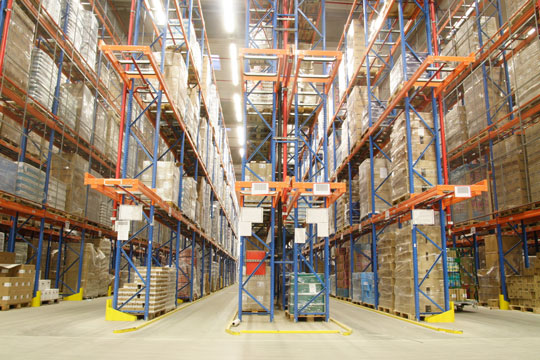
What is Total Productive Maintenance?
Total productive maintenance is a holistic approach to equipment care and focuses on teams of skilled maintenance workers performing complex or infrequent maintenance tasks. Total preventative maintenance relies on complete participation from everyone in the organization, from upper management to the newest employee.
The business strategy of total productive maintenance started in Japan as an effort to increase machine availability through improved maintenance and preventive equipment care, creating a better use of production resources. Toyota was the first major company to use what we now call total productive maintenance; however, its core processes and philosophies have been in development since the 1950s. Today, total productive maintenance is used worldwide and has proven itself as a credible way for companies to elevate their business performance.
Total productive maintenance also focuses on having operators directly involved with equipment care and upkeep. Keeping Operations personnel involved allows for operators to become more familiar with the equipment and help diagnose small problems before they turn into larger issues.
Total Production Maintenance Strategies
Maintenance and Operations teams work together to ensure continued productivity, early fault detection, and planning. Maintenance teams focus on their equipment, listening to recommendations from operations personnel on how to increase efficiency and production. Maintenance personnel can engineer, or modify, their equipment and processes to maximize production output.
Attacking Losses
Total Production Maintenance focuses on attacking major loss factors in production and has a “zero defect” goal. By attacking major loss factors in production, waste can be minimized and the entire process can become more efficient. A more efficient production cycle will be more cost effective, thereby increasing profit margins. The “zero defect” goal is based on three principles: zero product defects, zero equipment planned failures, and zero accidents. Having employees focus on these three principles will ensure continued product quality and less production time lost.
Activities Occur at Gemba
If possible, hands-on training for operators or maintenance workers should occur at Gemba, or the “real place.” This means training or practices on equipment should take place in the location where these activities actually occur.
From a management perspective, “going to Gemba” is a different way of thinking. Managers should be comfortable walking the production spaces, offices, and stock rooms while observing the processes and personnel, and asking questions. Employees who never see upper level managers can feel disconnected and confused by the policies put in place. By personally observing production lines, meetings, control rooms and employee interactions, an understanding of the true processes at work can be understood. It is important to set a goal prior to “going to Gemba,” such as defining what you are trying to learn.
Employee Empowerment
In order to foster a sense of ownership in the company, employees should be given responsibility and treated as trusted advisors. Given “ownership” of a piece of equipment or process will allow employees to become experts in a particular area and proud of their contributions to the company. Listening to your employees can bring forward unforeseen problems or new ideas and thoughts. By instilling ownership, employees will garner a sense of pride in their jobs and performance, and by talking to and listening to them, mutual trust will develop. When employees feel trusted and pride becomes part of their work ethic, morale will improve across the company.
Other Components of TPM
Other components of TPM include preventive maintenance, product data management, autonomous maintenance, and 5S. Preventive maintenance may be recommended by the equipment’s manufacturer or suggested by facility personnel, and can include inspection, service and/or replacement, which are conducted at regular intervals based on lifecycle of equipment, and established to avoid failures. Product Data Management stores and has readily available information to track trends, equipment performance and past actions. Information is only useful to personnel if easily accessible. While not all employees need access to all systems, limiting access of information to too few personnel can severely hamper and delay work. Autonomous maintenance is an equipment care philosophy focused on the early, proactive detection of problems with production equipment, utilizing operator involvement as the key.
The 5S Workplace Organization method is based on five principles: Sorting, Set in order, Systematic cleaning, Standardize, and Service. These five principles ensure that workspaces are kept in order, cleaned, organized to promote effective workflow, and standardized throughout the facility.
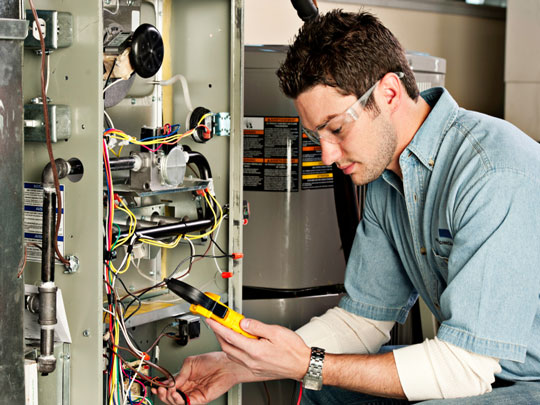
Six Pillars of Total Preventative Maintenance
The six pillars of Total Productive Maintenance are designed to minimize waste, both in time and materials, as well as increase production efficiency. The main reasons to implement the six pillars include: preventive maintenance and equipment care, increasing production times, employee training, and smart design choices. The six pillars of Total Productive Maintenance are: elimination of 14 major losses, autonomous maintenance, planned maintenance, preventive engineering, easy to manufacture product design, education and training.
Elimination of 14 Major Losses
The 14 Major Losses are broken down into 9 losses due to equipment inefficiencies and 5 worker inefficiencies. The 9 major equipment efficiency/quality losses are equipment loss factors generally due to stops in production. These losses can also be caused by equipment manufacturing defects and rework to replace or fix the product. These losses are: scheduled downtime, equipment failure losses, setup/start-up losses, minor stoppages, speed loss, defect and rework loss, yield loss and indirect losses.
The five major worker efficiency losses are worker efficiency losses caused by inefficient management and operations leading to worker delays, lack of available materials, and too frequent monitoring and inspection. The five worker efficiency losses are: management loss, operating motion loss, line organization loss, failure to automate loss, measurement and adjustment losses.
Autonomous Maintenance
Autonomous maintenance is more than just a transfer of maintenance tasks to operations personnel. It encourages a philosophy of equipment ownership and is designed to give operations personnel a larger role and responsibility in facility care.
The seven levels of autonomous maintenance are:
Initial Cleaning
This exposes hidden defects and allows for early detection of leaks and other simple-to-fix problems. In addition, operators also become more familiar with equipment.
Preventive Cleaning Measures
This helps to maintain equipment in good working order and decrease time in the event of a major equipment cleanup.
Cleaning and Lubrication Standards
Setting standards and policies ensures equipment preservation and gives operators clear direction and responsibilities.
General Inspection
Scheduled, detailed equipment inspections help find problems or irregularities and ensure that any issues are immediately fixed or documented and tracked for future repairs.
Autonomous Inspection
This establishes a culture of operators inspecting equipment and fixing or documenting issues.
Process Discipline
This ensures that all employees follow set guidelines and procedures.
Independent Autonomous Maintenance
This should become second nature since every operator acts as a supervisor, keeping an eye on equipment, operations issues, and production quality.
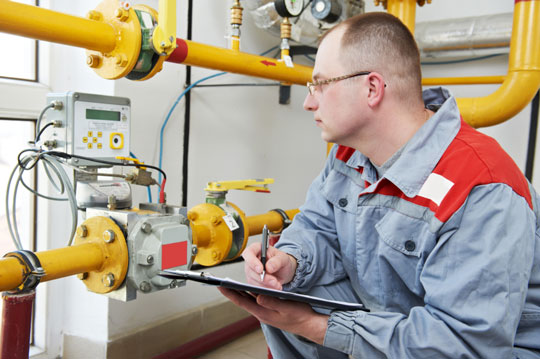
Planned Maintenance
Planning and scheduling will minimize downtime and reduce operating costs. Efficient use of time and manpower means that major maintenance projects can be completed ahead of schedule and under budget. Keeping a well-stocked critical inventory of parts can minimize unexpected facility down time. Planned maintenance includes preventive maintenance, predictive maintenance and efficient use of shutdown times. Proper use of predictive and preventive maintenance will prolong equipment life and give early warning of any major problems in the future.
Preventive Engineering
Preventive engineering is a strategy to monitor a process and tailor it to improve production efficiency by minimizing waste or reducing time and cost. Preventive engineering can also be used to make processes or work environments safer or physical stresses less on workers and components. By engineering a process to create less waste and more efficiently use materials, production costs can be minimized and profits will rise.
Easy to Manufacture Product Design
When designing products or components for manufacture, it is important to design them in the simplest way. This design practice not only focuses on the design aspect of a part or parts but also on the production equipment involved. Designing components for manufacture can have major effects on the process’ cost. Simple, easy-to-manufacture designs should always be the company goal.
Education and Training
Education and training are imperative to keeping your workforce current and adaptive in today’s industrial marketplace. Keeping pace with current technological trends and practices can save money, increase safety, and raise productivity. Training on current equipment and new policies can keep everyone on the same page. Safety training should always be prioritized to ensure safe work practices and workforce.
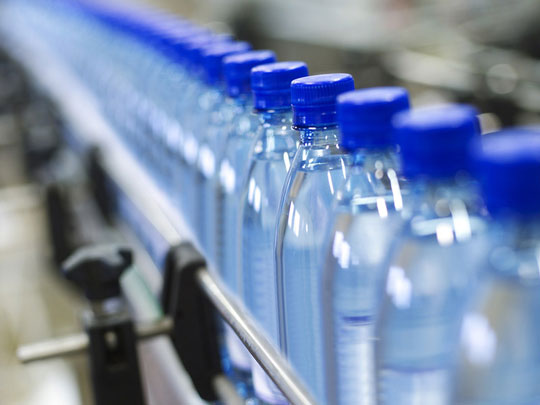
Major Equipment Efficiency and Quality Losses
Scheduled downtime is a time loss associated with planned equipment maintenance, other planned activities, or lack of production requirements. Planning during scheduled downtime can accomplish major inspections and fix major issues without affecting production schedules. Equipment failure losses are time losses associated with equipment breaking down completely or degradation of functionally. It exists in two types:
Stopping Failures
Failures that sporadically stop equipment operations.
Deteriorating Failures
Failures that still allow the machine to operate, but cause losses such as defects, minor stops, and low speed. Equipment failure losses can be minimized by an effective preventative maintenance schedule.
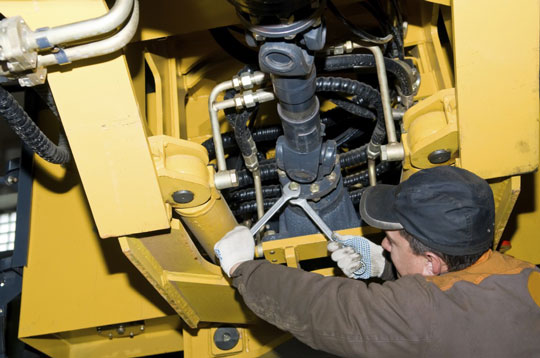
Major Equipment Efficiency and Quality Losses
Setup losses are time losses between the end of one product cycle and end of a second successful product cycle after making necessary equipment changes or modifications. Start-up losses are time losses associated with equipment start-up, specifically the time between a shutdown and the rerunning of a machine, when the condition stabilizes.
Minor stoppages are losses due to temporary loss of equipment function, a safety check, lack of materials, or personnel onsite; function can be recovered with simple actions. These losses can be minimized to the least amount possible by having required personnel and supplies ready and on station to operate equipment.
Major Equipment Efficiency and Quality Losses Continued
Speed loss is a loss of production due to differences in design speed and actual operating speed. Defect and rework loss is a time loss associated with reprocessing goods or the time the machine was generating defects. Yield loss refers to the dollar losses associated with inefficient use of materials, including defects, waste, and weight variation. Indirect losses refer to time lost due to lack of materials, personnel, or information. These losses can be minimized by operations planning and preventative engineering. Effective communication between management, Operations, and Maintenance can also facilitate positive changes in production.
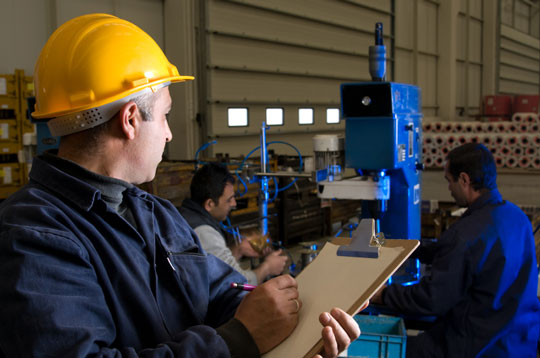
Worker Efficiency Losses
The five major losses obstructing worker efficiency are: Management Loss, Operating Motion Loss, Line Organization Loss, Failure to Automate Loss, and Measurement and Adjustment Losses. These losses are all due to human inefficiency losses, either through poor personnel utilization, lack of proper training, or unclear policies and procedures. These losses may seem like the easiest to fix, but in the long term they require constant monitoring. Communication is vital between management and employees as personnel may resist changes especially if they don’t understand or agree with them.
Management Loss
Idling losses caused by management include waiting for materials, instructions, and return of articles from repair. Empowering employees and having clear operating guidelines can allow employees to take proper action without waiting for management approval. Allowing employees to see multiple sides of the process can also help communication. Employees will begin to understand why some processes take longer than others. Management and employees, knowing how each side operates, will foster clearer communication.
Operating Motion Loss
Operating motion loss is caused by infringing principles of operation economy, losses caused by skill differences, walking losses, and poor layout. Proper employee training and preventative engineering can help minimize these losses. Employee bottlenecks can arise without a proper training program in place. If your employees aren’t able to perform multiple functions, process slowing may result. The more highly skilled a workforce is required, the more redundancy is important in your personnel. If only one person on your line can operate a specific machine or machines, the loss of that person can stop production until replaced.
Time losses from employees moving around site can also hinder or slow production. Some of these issues may not be practical to solve, however, good initial planning (placement of equipment, storeroom locations, walking paths) can help minimize these issues.
Line Organization Loss
Line organization losses are due to workers with multiple processes or stations allocated, waiting for materials or instructions, as well as line balance losses in conveyor work. Balance loss in conveyor work results from idle time due to imperfect allocation of work between each station. By listening to line workers or through direct observation, inefficiencies can be found and processes can be adjusted to increase production. There may not always be a best way to do things; if your processes allow for flexibility, it will stay adaptable during different situations to ensure continued production goals are met.
Failure to Automate Loss
Failure to automate loss is defined as artificial losses caused by failing to save human labor by automating or mechanizing a process for which it was possible. Automation in the long term saves money and can lead to greater efficiency and product consistency.
Measurement and Adjustment Losses
Measurement and adjustment losses are caused by frequent measurement and adjustment of equipment, preventing quality defects from generating and flowing. Maintaining equipment in top shape can lower production errors and product consistency, minimizing measurement and adjustment losses on production.
To learn more about Total Productive Maintenance, stop by our Industrial Wiki and also be sure to check out our Free module of the month, Preventive Maintenance, both available through the new odesie® site at www.myodesie.com

